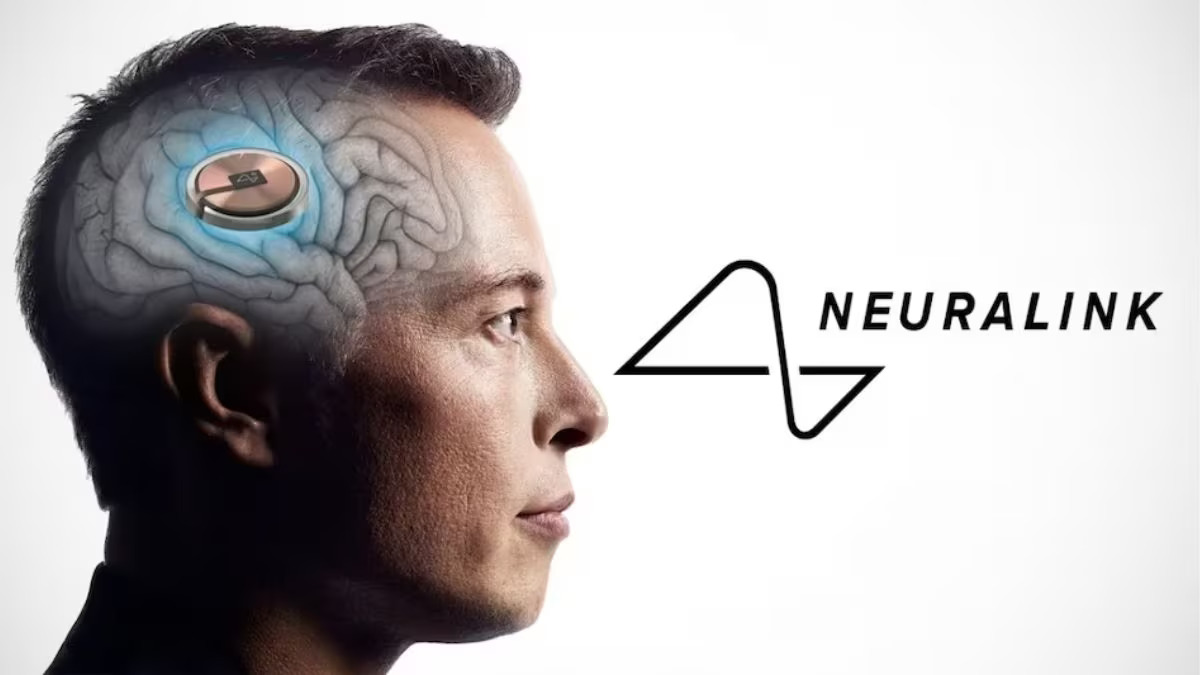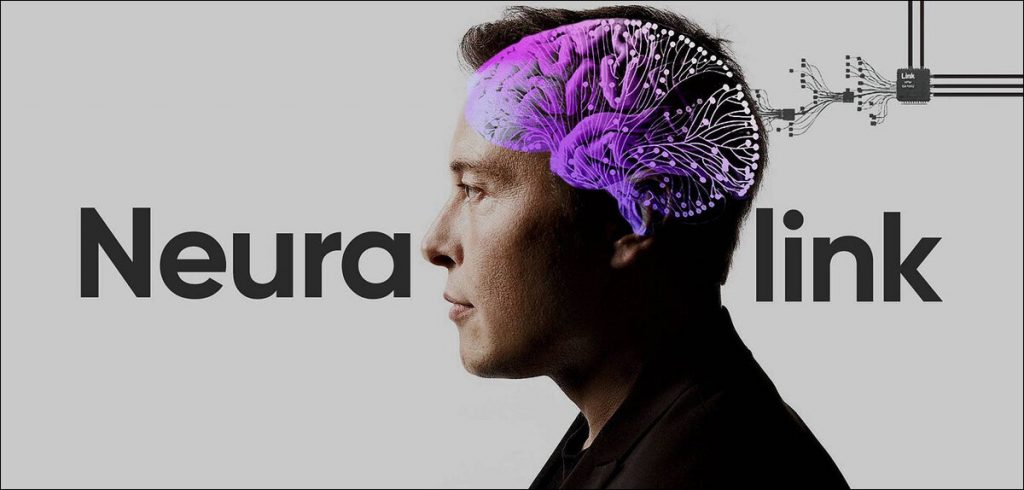Imagine controlling your smartphone, computer, or prosthetic limb using nothing but your thoughts. This isn’t science fiction—it’s the revolutionary reality that Neuralink is bringing to life. Founded by Elon Musk in 2016, this neurotechnology company has developed an implantable brain-computer interface (BCI) that creates a direct communication pathway between the human brain and digital devices.
The technology represents a quantum leap in medical innovation, particularly for individuals with severe paralysis and neurological conditions. Currently focused on helping people with quadriplegia control computers and mobile devices through thought alone, Neuralink’s mission extends far beyond basic device control. The company envisions a future where brain-computer interfaces can restore lost sensory functions, treat neurological disorders, and potentially enhance human cognitive capabilities.
What makes Neuralink particularly groundbreaking is its unprecedented precision and scalability. Unlike previous brain-computer interfaces that relied on bulky external equipment, Neuralink’s system is completely implantable, cosmetically invisible, and designed for seamless integration into daily life. The technology has already achieved remarkable success, with the first human patient successfully implanted in January 2024, demonstrating the ability to play chess and learn new languages using only mental commands.
This revolutionary approach to brain-computer interfacing doesn’t just promise to restore lost abilities—it opens the door to augmenting human capabilities in ways previously thought impossible. From treating depression and anxiety to potentially providing enhanced sensory experiences, Neuralink represents the convergence of neuroscience, artificial intelligence, and bioengineering.
The Core Technology Behind Neuralink
Neuralink’s brain-computer interface centers around the N1 Implant, a coin-sized device that houses sophisticated electronics within a biocompatible enclosure. This implant connects to 64 ultra-thin threads, each thinner than human hair, that are precisely inserted into the brain’s cerebral cortex. These threads contain a total of 1,024 electrodes distributed across the array, capable of recording neural activity from individual neurons with unprecedented precision.
The system operates through a carefully orchestrated process of neural signal detection and interpretation. When neurons fire electrical impulses—whether from actual movement or simply thinking about movement—the electrodes capture these signals in real-time. The N1 chip then processes this neural data using advanced, low-power electronics that filter, digitize, and encode the information before transmitting it wirelessly via Bluetooth to external devices.
Surgical Precision Through Robotic Innovation

The implantation process relies on a custom-designed surgical robot that achieves precision impossible for human hands. This robotic system can insert six threads (192 electrodes) per minute with micron-level accuracy, carefully avoiding blood vessels and targeting specific brain regions. The robot’s sophisticated design includes five camera systems and optical coherence tomography (OCT) for real-time visualization during surgery.
The surgical robot represents a critical breakthrough in making brain-computer interfaces clinically viable. Its precision minimizes tissue damage and reduces surgical risks, while its efficiency makes the procedure more accessible for widespread adoption.
Real-World Applications and Current Capabilities
Neuralink’s immediate focus centers on restoring independence to individuals with severe paralysis. The technology enables users to control computers, smartphones, and other digital devices through thought alone, effectively bypassing damaged neural pathways. The first human patient has successfully demonstrated the ability to play games, browse the internet, and even learn new languages using only mental commands.
Beyond basic device control, Neuralink’s bidirectional capabilities allow for both signal recording and electrical stimulation. This dual functionality opens possibilities for treating various neurological conditions, including Parkinson’s disease, spinal cord injuries, and potentially mental health disorders like depression and anxiety.
The company has also announced development of “Blindsight,” a system designed to restore vision to blind individuals whose visual cortex remains undamaged, receiving breakthrough status from the U.S. federal government.




